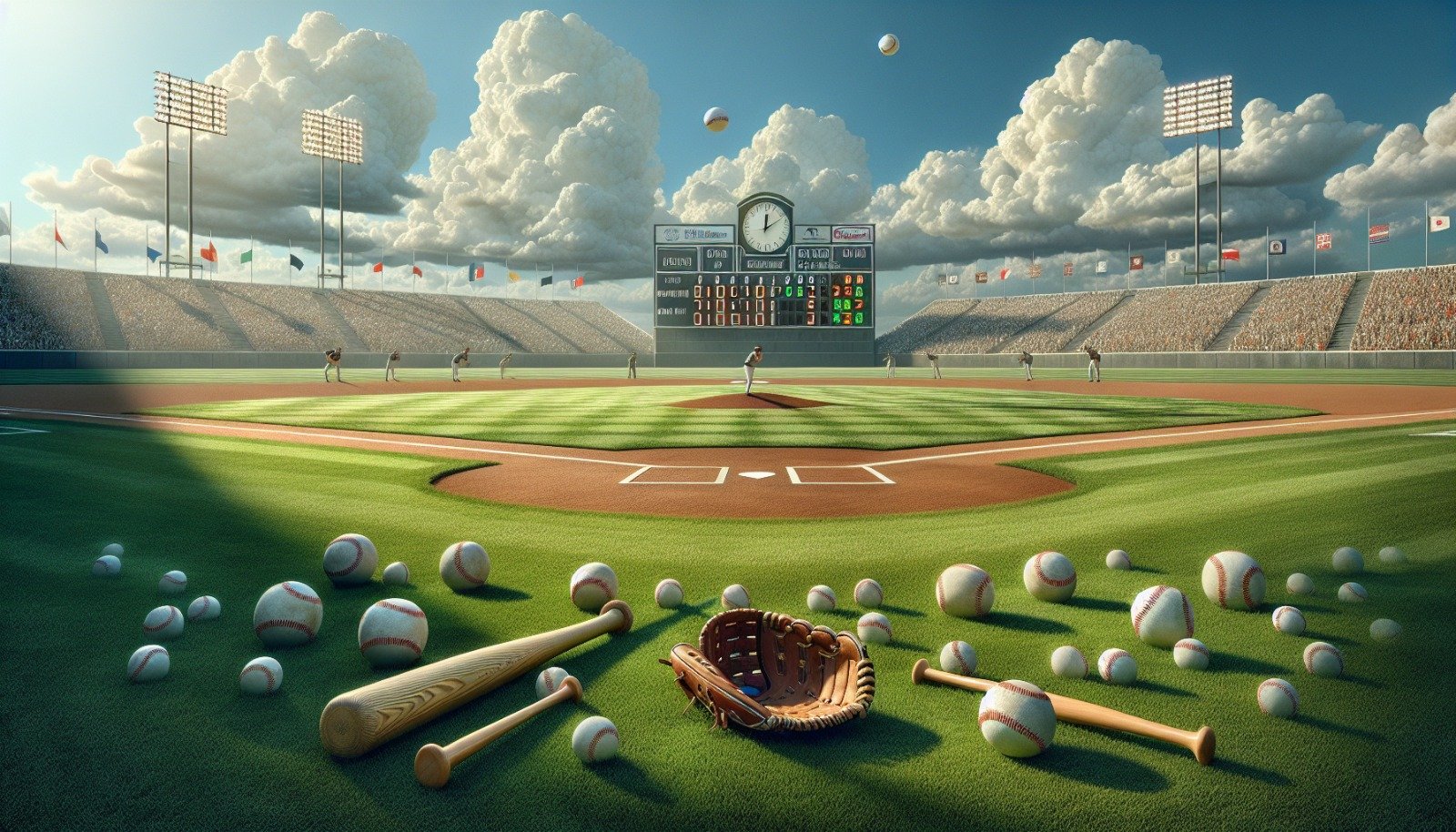Have you ever found yourself settling in for a baseball game, thinking it’ll fit perfectly into your afternoon, only to find hours later that you’re still glued to the edge of your seat under the stadium lights? The duration of a baseball game can be as unpredictable as the game itself. When looking to make game-day plans or considering the best MLB bets today, knowledge of what determines the length of a game can be quite valuable. So, let’s dive into the factors that can stretch a game from a brisk pastime to an epic saga.

Understanding the innings structure
The foundation of any baseball game is its nine innings, each consisting of a top and bottom half where teams alternate between playing offense and defense. In its purest form, a baseball game could wrap up in a swift couple of hours if both teams play quickly. However, the end of the ninth inning doesn’t always mean the game is over. If the score is tied, the game enters what’s known as extra innings, setting the stage for potentially lengthy and dramatic conclusions. These extra playtimes add another layer of complexity when trying to predict game endpoints – a factor bettors must keep in mind.
Each inning in baseball serves as a mini-game, where both teams attempt to outscore the other. Theoretically, if both the offense and defense play efficiently, innings can be quite short. But baseball is unpredictable by nature. A team rallying from behind can prolong an inning indefinitely, racking up runs and increasing the total game time. Spectators looking to estimate the length of their experience should consider not just the standard nine innings but also the potential for competitive comebacks and ongoing battles at the plate that extend each inning’s duration.
The rhythm of the pitcher
The pace at which a pitcher works can significantly influence the overall length of a baseball game. A fast-paced pitcher, eager to throw, can keep the game moving swiftly. Conversely, a pitcher who prefers a more measured approach, perhaps shaking off signals, indulging in mound visits, or taking their time between pitches, can significantly extend the length of a game. Pitching changes, especially in strategic situations like late-inning matchups, can also add to the total time, as each new pitcher gets a set amount of warm-up throws upon taking the mound.
The offensive strategy and its timing
Just as pitchers can control the tempo, the offensive strategy can play a pivotal role. A team focused on getting base hits and employing a small ball tactic – think sacrifices and stolen bases – might speed things up compared to a power-hitting team working the count, eager for walks and home runs, which tends to slow down the game. Discipline at the plate leads to more pitches per at-bat, and time for plate appearances accumulates, turning quick innings into long stretches of strategic play.
Time rules and regulations
Major League Baseball has rules to prevent games from becoming day-long marathons. With time regulations dictating the length of breaks between innings and the time a pitcher has to throw a pitch, there is an effort to keep things moving. Despite this, a complex game with frequent strategy shifts, like multiple pitching changes, can counteract these rules. Recent years have seen rule changes such as limiting mound visits to speed up games, but the tension between maintaining the spirit of the game and ensuring it doesn’t drag on is ongoing.
Outside factors that affect game length
Weather delays are another notorious culprit for unexpectedly long game days. When Mother Nature decides to interrupt with rain, storms, or any extreme condition, games can stall for hours. Also, television broadcasting needs, such as commercial breaks, factor into the overall time, although these are usually worked into the structured breaks of the game. These uncontrollable elements add a degree of unpredictability that’s hard to account for when predicting game lengths and outcomes.
In summary, a baseball game’s duration is a blend of structured innings, players’ rhythms, and unpredictable elements like weather and strategic plays. While we love the suspense of extra innings and the drama of a pitcher-batter duel, for those into the game beyond the field – perhaps placing stakes on the best MLB bets today – the unpredictability does add an exciting challenge. Still, for families and fans at the ballpark, knowing these factors might just help in planning when to grab that hot dog or when to hope the ninth inning rolls on a little bit longer.
